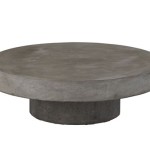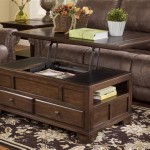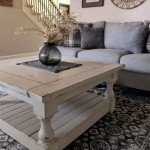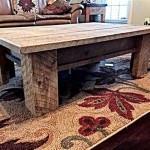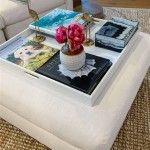Types of Table Setting in a Restaurant
Restaurants utilize various table settings to cater to different dining experiences, from casual lunches to formal dinners. A properly set table enhances the ambiance and prepares guests for the meal to come. Understanding the different types of table settings allows restaurant staff to provide efficient and professional service while elevating the overall dining experience for patrons.
Basic Table Setting
The basic table setting is the foundation for all other settings and is commonly used for casual dining. It includes a placemat (optional), a dinner plate in the center, a fork placed to the left, a knife to the right with the blade facing the plate, and a spoon to the right of the knife. A water glass is positioned above the knife, slightly to the right. A napkin can be placed to the left of the fork, under the fork, or on top of the dinner plate.
Casual Table Setting
Building upon the basic setting, the casual table setting accommodates additional courses. A salad fork is added to the left of the dinner fork, and a soup spoon is placed to the right of the dinner spoon. If a salad plate is used, it is placed to the left of the forks. Bread and butter plates, along with butter knives, are positioned above the forks, slightly to the left. This setting is suitable for lunches and informal dinners.
Formal Table Setting
Formal table settings are reserved for more elegant dining experiences. They incorporate additional cutlery for multiple courses. From left to right, the flatware typically includes a salad fork, fish fork, and dinner fork. To the right of the plate, the flatware consists of an oyster fork (if applicable), a soup spoon, fish knife, and dinner knife. Dessert spoons and forks are placed horizontally above the dinner plate, or they are brought out with the dessert course. Multiple glasses are used for different beverages: water, red wine, and white wine, arranged above and to the right of the knives. Charger plates, decorative plates placed beneath the dinner plates, are a common element in formal settings.
Banquet Table Setting
Banquet settings are designed for large-scale events and often incorporate elements of both casual and formal settings. The specific arrangement may vary depending on the menu, but generally, they include a dinner plate, necessary flatware based on the courses served, water and wine glasses, and napkins. Space limitations often necessitate a more compact layout than individual table settings in a traditional restaurant environment.
Breakfast Table Setting
Breakfast settings are simpler than lunch or dinner settings. A placemat is often used. The setting includes a dinner plate in the center, with a fork to the left and a knife and spoon to the right. A juice glass is placed to the upper right of the setting, along with a coffee cup and saucer. A napkin may be placed under the forks or on the plate.
Brunch Table Setting
Brunch settings combine elements of breakfast and lunch settings. They typically include a dinner plate, a fork to the left, a knife and spoon to the right, a juice glass, and a coffee cup and saucer. Depending on the menu, additional flatware, such as a salad fork or a dessert spoon, might be included.
Afternoon Tea Table Setting
Afternoon tea settings possess a distinct charm and elegance. A teacup and saucer are central to the setting, accompanied by a teaspoon. A small dessert plate for pastries and finger sandwiches is placed to the right of the teacup. A cake fork is placed on the dessert plate, or to the right of it. A three-tiered stand for serving food is customary.
Ultimately, the type of table setting selected for a restaurant depends on the style of the establishment and the nature of the dining experience being offered. Proper table setting contributes significantly to the overall ambiance and guest satisfaction.

Table Setting Diagrams Formal Fine Casual More Set Ups

Table Setting Diagrams Formal Fine Casual More Set Ups

Proper Table Setting 101 Everything You Need To Know Emily Post

Table Setting Diagrams Formal Fine Casual More Set Ups

The Three Types Of Table Settings Everyone Should Know Jes

5 Types Of Restaurant Table Setting Every Owner Must Know

Proper Table Setting 101 Everything You Need To Know Emily Post

Table Setting Guide Etiquette

The Three Types Of Table Settings Everyone Should Know Jes

Elegant Service And Table Settings For Waiter Waitress Training
Related Posts

